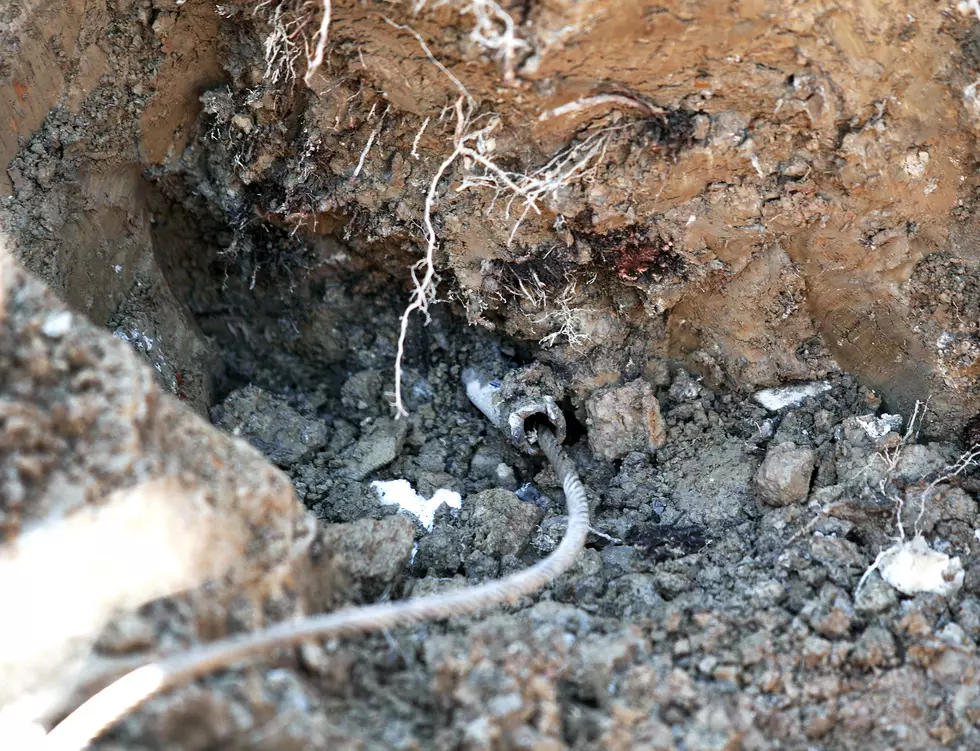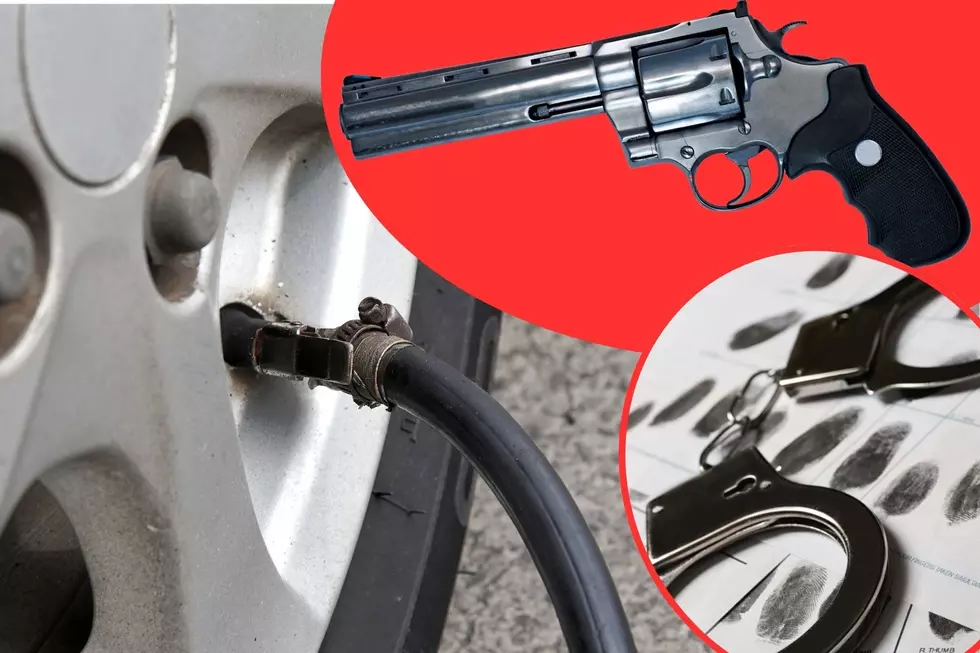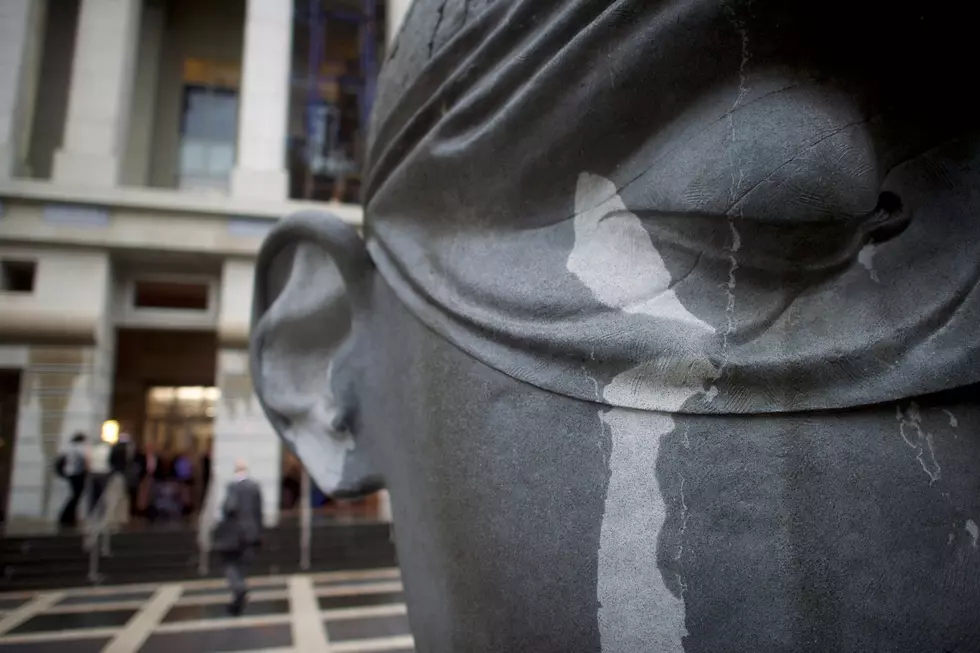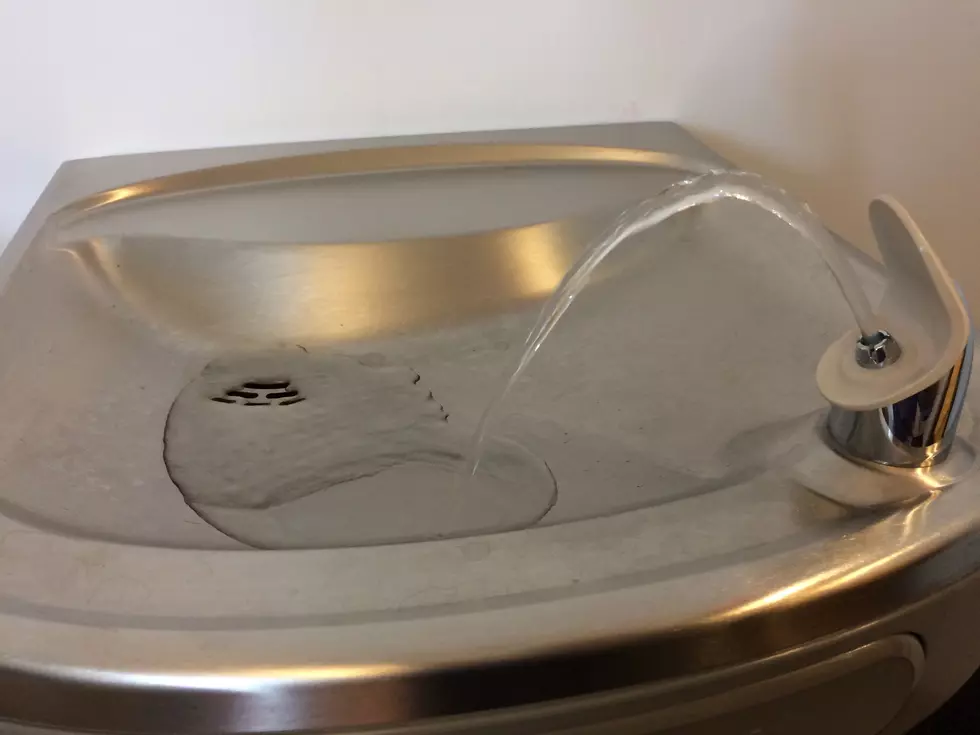
Only $1.7B? NJ’s lead water pipe cost a barrier, even at low end
At the start of 2018, a legislative task force wrapped up more than a year of work with a report recommending, among other things, that the state borrow $400 million for water infrastructure improvements. Weeks later, legislation was proposed that would put the question to voters.
A year and a half later, nothing has happened.
A portion of the funding, $100 million, would go toward replacing lead water service lines. Those are currently a major concern in Newark, where water filters might not be the effective short-term fix that had been hoped.
But they’re not limited to Newark. About 5 million New Jersey residents live in areas served by 104 water systems that have lead service lines, said Missy Rebovich, director of government and public affairs for New Jersey Future.
“There’s just really no getting around the fact that that’s going to be a barrier to solving the problem is the fact that it’s expensive,” Rebovich said.
New Jersey Future estimates that the cost of replacing all the lead water service lines wouldn’t be quite as high as the $3 billion cited two weeks ago by Environmental Protection Commissioner Catherine McCabe.
Rebovich said the cost would be $1.75 billion to $2.3 billion and that there are ways to lower that.
“One of those ways is to be able to replace lead service lines in large swaths,” Rebovich said. “So if you are able to dig up an entire block of service lines at once, and then you’re going into the road and all of that, replace all of those service lines and move onto the next block, you’re really going to be able to cut down on the cost.”
Another benefit to doing entire blocks would be avoiding partial replacement of lines, which Rebovich said should be banned because it can actually knock loose lead particles into the water.
“That’s going to require cooperation also from the residents because you need to letting contractors onto your property,” she said.
Newark Mayor Ras Baraka said a new state law or local ordinance may be needed to go onto people’s property without their permission to fix their lead service lines.
“Mainly because Newark is a city of 70% renters, and we may not be able to get a hold of those landlords, so we want to pass legislation to be able to do that,” Baraka said.
Rebovich said part of the challenge is that the state doesn’t know precisely where all the lead water service lines are, although she said utilities may have a better idea.
“A rule of thumb without those records would be if the house was built before 1940, you can probably assume that there’s a good chance that there’s going to be a lead service line,” Rebovich said.
Lead water service pipes were commonly used until 1940, though they weren’t banned until 1986.
The Census Bureau estimates more than 650,000 housing units in New Jersey, 18 percent, were built before 1940. Forty-one percent are lived in by renters.
Fewer than half of those housing units, around 287,000, are single-family, owner-occupied homes. Around 53,000 are single-family, renter-occupied homes, and around 181,000 are in multi-family, renter-occupied homes.
Homes built before 1940 count for the largest portion of the housing stock in Hudson County (36 percent) and Essex County (31 percent). Other counties in which the share of housing units built before 1940 exceeds the state average are Mercer, Warren, Union, Passaic, Bergen, Salem and Hunterdon.
Homes built before 1940 account for the smallest share of the housing stock in Ocean County (4 percent) and Middlesex County (10 percent), according to Census Bureau estimates.
New Jersey: Decoded cuts through the cruft and gets to what matters in New Jersey news and politics. Follow on Facebook and Twitter.
Michael Symons is State House bureau chief for New Jersey 101.5 and the editor of New Jersey: Decoded. Follow @NJDecoded on Twitter and Facebook. Contact him at michael.symons@townsquaremedia.com
More From New Jersey 101.5 FM









